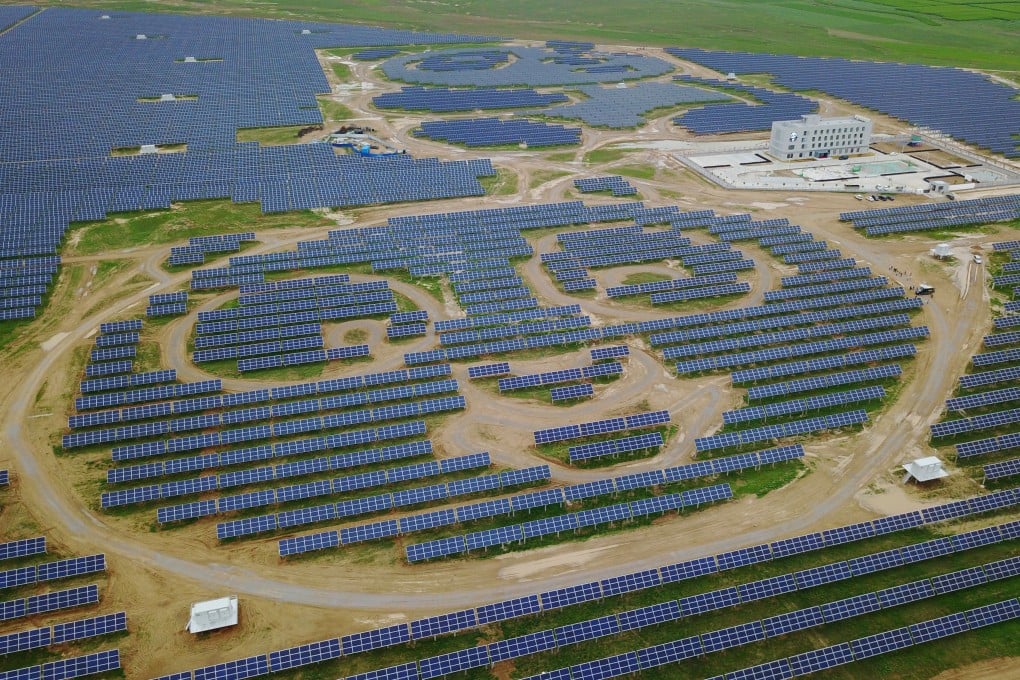Climate Change: China to slash costs of energy-storage systems for industry to leapfrog the world by 2030, according to five-year plan
- The production cost of large chemicals-based energy-storage systems will be cut by 30 per cent by 2025, putting the industry on path to leapfrog the world by 2030
- Compressed air energy-storage technology would realise “engineering applications” in units with 100 megawatts of capacity, according to the government’s plan

China’s government plans to cut the cost of energy storage systems by 2025 to help local industries leapfrog the world as the vanguard of novel energy storage technology five years later.
“By 2030, China’s new energy storage should see well-rounded market-based development, with proprietary technology, world leading innovation and manufacturing capabilities,” said the industry development plan for 2021-25.
China is forecast to install 83 to 99 gigawatts of solar power capacity annually through 2025, Bloomberg reported this week, citing China Photovoltaic Industry Association’s chairman Wang Bohua. The energy generated by solar farms rose 14 per cent last year to 54.9 gigawatts (GW), according to the National Energy Administration.
Still, high costs have been a barrier to the large-scale deployment of energy storage systems thus far. Those costs should fall drastically, starting in 2025.